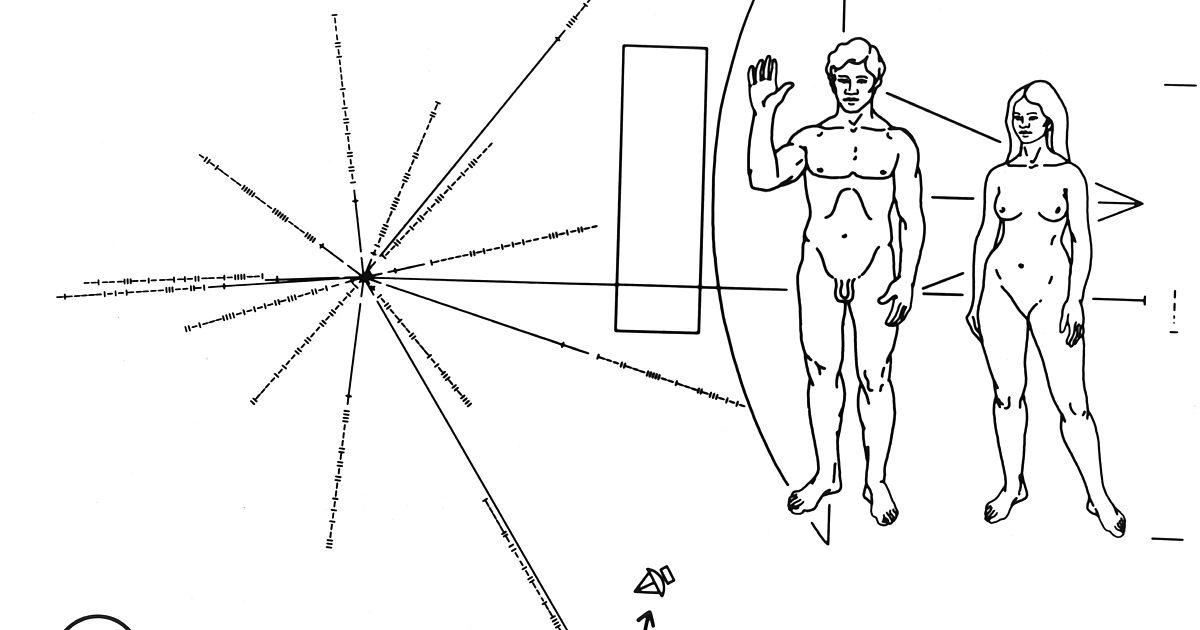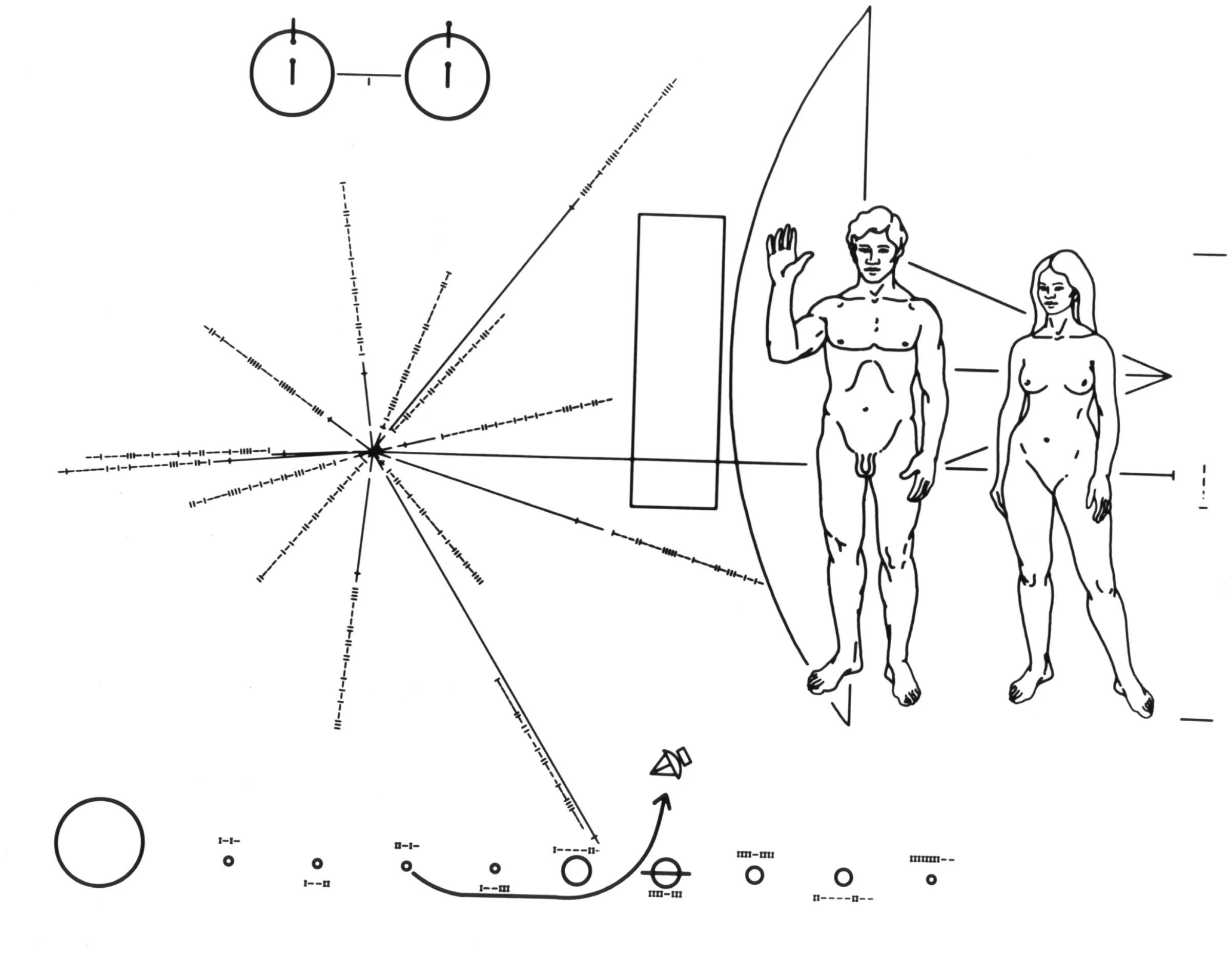NiftyNiblick
1960s Chick Magnet
As interesting as it would beIt's a good point that actual communication with alien civilizations probably can't happen, but there could be fossil evidence of advanced civilization's footprints in the electromagnetic spectrum if they developed the capability of advanced communication and navigation technologies. Signals that we receive thousands of years after they were generated.
to attempt to decipher inter-stellar communications
that were generated thousands of earth years ago,
I'm still getting nowhere trying to figure out my "smart phone."








